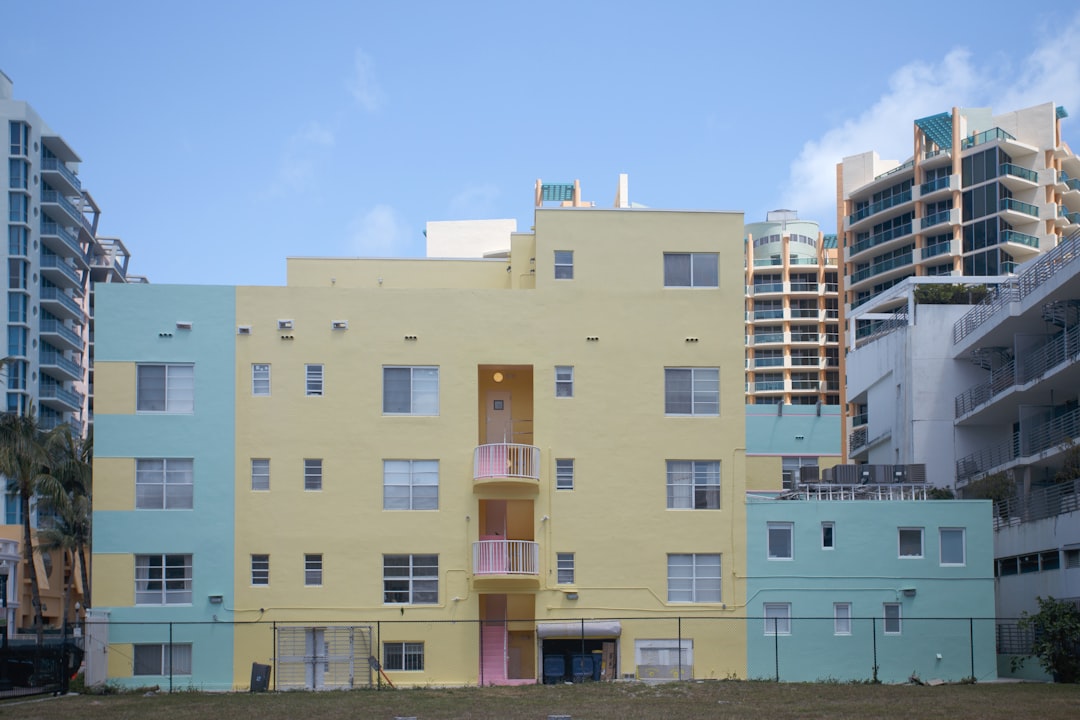
Baseboards, though small, play a significant role in the aesthetic of a room. A professional finish is crucial, and understanding the cost involves more than just a per-foot price. Factors such as materials, labor efficiency, and jobsite logistics all contribute to the final cost. Current estimates range from $0.85 to $2.05 per linear foot, including labor and materials.
• High visibility: Even minor brush marks are noticeable against crisp wall paint.
• Frequent abuse: Vacuums, kids’ toys, and foot traffic chip low-quality coatings quickly.
• Elevation changes: Kneeling work around floors slows productivity compared to wall rolling.
• Detailed profiles: Modern mouldings contain curves and grooves that demand precision tools.
These factors make baseboard painting a distinct task in residential estimates, preventing unexpected costs when comparing trim-only refreshes with full room repaints.
Paint selection
High-grade enamel for trim costs between $45 and $65 per gallon, covering approximately 350 linear feet of three-inch baseboard with two coats. Real-time supplier pricing ensures accurate billing.
Consumables
• Painter’s tape
• Caulk for hairline gaps
• Tack cloths and cleaning solutions
• 2”-2.5” angled sash brushes
• Low-nap mini-rollers for longer straight runs
On a typical 2,000 sq ft home, consumables average $0.30–$0.45 per linear foot.
1. Premium enamel paint: $0.18–$0.24 per linear foot
2. Caulk & patch compounds: $0.05–$0.07 per linear foot
3. Tape, brushes, rollers, wipes: $0.07–$0.14 per linear foot
Total material cost: $0.30–$0.45 per linear foot
Painting baseboards is labor-intensive, with most time spent on setup and detail work. Productivity varies:
• Standard Productivity: 70–90 linear feet per hour in furnished homes.
• Optimized Productivity: 110–130 linear feet per hour in vacant new builds.
• Precision Productivity: 50–65 linear feet per hour for detailed work.
Labor costs typically range from $0.85 to $1.60 per linear foot, depending on local rates and productivity.
Using the CountBricks app, crews can quickly capture room details, apply current material prices, and reference productivity data, streamlining the estimation process.
• Small bedroom (45 lf): $115–$175
• Master suite with ensuite bath (100 lf): $230–$370
• Average two-story home (760 lf): $1,550–$2,750
These figures include light surface prep and two finish coats. Additional work may increase costs.
• Select a self-leveling enamel to reduce brush strokes.
• Schedule painting before flooring installation.
• Use pre-primed trim to eliminate one coat.
• Combine baseboard and door-casing work for efficiency.
• Use CountBricks.com to secure supplier discounts.
AI Precision — Aligns estimates with current market indexes.
Voice-to-Estimate — Quickly generate itemized proposals.
Blueprint Takeoffs — Accurate measurements for new builds.
Instant Change Orders — Real-time recalculations for upgrades.
1. Voice record or import blueprints.
2. AI assigns material SKUs and pricing.
3. Select productivity tier.
4. Review and adjust quote.
5. Send proposal to secure the job.
Providing a data-driven, transparent estimate is crucial. CountBricks empowers contractors with accurate pricing supported by real-time data and AI-backed benchmarks. Explore more at CountBricks.com.

The Williams family sought to refresh their 1980s Colonial, including 620 linear feet of baseboard. Their previous contractor's vague $2,200 estimate lacked clarity, prompting them to seek CountBricks for a detailed breakdown.
Using CountBricks, the project lead captured room details in minutes, identifying 14 feet of damaged trim needing repair, automatically adding a repair line at $3.25 per foot.
The final proposal included:
• Labor: $1.05 per linear foot
• Materials: $0.37 per linear foot
• Repairs & caulking: $45 total
• Project total: $959, a 56% savings over the initial quote.
The crew completed the project in two days, with materials pre-scheduled through CountBricks.com. The client rated the finish quality 9.8/10 and booked additional work.
• Transparency secures jobs and upsells.
• Capturing repair items protects profit.
• Detailed breakdowns are valued over low prices.
Create your free account at CountBricks.com to enhance your project estimates.